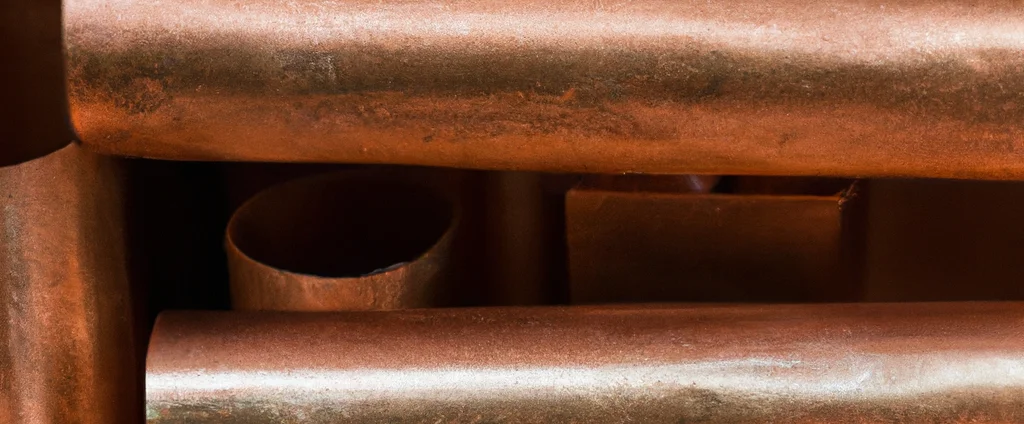Tin Bronze (UNS C90300)

Tin Bronze C90300 is a high-performance copper alloy renowned for its exceptional wear resistance, corrosion protection, and machinability. It is widely used in bearings, marine hardware, and industrial valves.
| Chemical Composition | ||
|---|---|---|
| Element | Min | Max |
| Copper | 86.0% | 89.0% |
| Aluminum | —— | 0.005% |
| Antimony | —— | 0.2% |
| Iron | —— | 0.2% |
| Lead | —— | 0.3% |
| Nickel | —— | 1.0% |
| Phosphorus | —— | 0.05% |
| Silicon | —— | 0.005% |
| Sulfur | —— | 0.05% |
| Tin | 7.5% | 9.0% |
| Zinc | 3.0% | 5.0% |
The following table provides a list of bronze C90300 properties in both SI and US customary/Imperial units.
Click on the button to switch between Metric and Imperial units.
| Physical Properties | Metric |
|---|---|
| Density | 8750 kg/m3 |
| Mechanical Properties | Metric |
| Tensile Strength (Ultimate) | 310 MPa |
| Tensile Strength (Yield) | 145 MPa |
| Young’s Modulus (E) | 97 GPa |
| Elongation at Break | 30% |
| Poisson’s Ratio (ν) | 0.34 |
| Brinell Hardness | 70 |
| Thermal Properties | Metric |
| Melting Point | 854 - 1000 °C |
| Thermal Conductivity | 74 W/m·K |
| Specific Heat Capacity (Cp) | 377 J/kg·K |
| Coefficient of Thermal Expansion (αL) | 1.8×10-5 1/°C |
| Electrical Properties | Metric |
| Electrical Conductivity | 6.96×106 S/m |
| Electrical Resistivity | 1.44×10-7 Ω·m |
| Magnetic Permeability | 1.0 |
The values in this table are approximate and can vary depending on various factors such as the specific manufacturing process and heat treatment applied to the alloy.
Advantages & Disadvantages of Tin Bronze C90300
| Advantages | Disadvantages |
|---|---|
| High strength | High cost |
| Excellent wear resistance | Limited thermal conductivity |
| Corrosion resistance | Potential for dezincification |
| Excellent machinability |
Applications of Tin Bronze C90300
Tin Bronze C90300 is a versatile alloy that finds applications in various industries, including:
- Bearings and Bushings: The excellent wear resistance and high strength make it well-suited for these components used in machinery and equipment where low friction, high load-bearing capacity, and durability are essential.
- Valve Components: Its corrosion resistance makes it a suitable choice for valves in industries such as oil and gas, chemical processing, and marine. It withstands harsh conditions and corrosive environments often encountered in these applications.
- Gears and Worm Wheels: The strength and wear resistance make it ideal for these components commonly found in machinery, automotive transmissions, and mechanical power transmission systems.
- Marine Equipment: Excellent corrosion resistance, particularly in marine environments or seawater, makes it popular for components like propellers, shafts, pumps, and other parts exposed to saltwater or corrosive marine atmospheres.
- Fittings and Fasteners: The combination of strength and corrosion resistance makes it suitable for these applications in plumbing, marine, and industrial settings, providing reliable connections in challenging environments.
